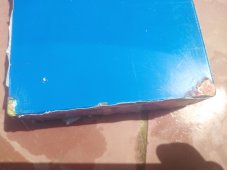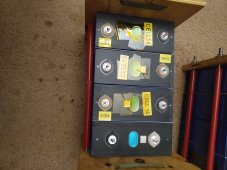conquistador
New Member
- Joined
- Sep 21, 2021
- Messages
- 108
Sorry for the off topic, but I got attracted to your Docan experience. I recently bought 100Ah cells from Docan, but new ones, and they were 109Ah and new. So I'm quite happy with their service.
The swollen cells is a bad sign, very bad. I had such ones before from Aliexpress, and they are waiting now to be recycled or thrown away. So this is what I learned, only brand new cells and no hoping for luck with old cells.
The swollen cells is a bad sign, very bad. I had such ones before from Aliexpress, and they are waiting now to be recycled or thrown away. So this is what I learned, only brand new cells and no hoping for luck with old cells.





